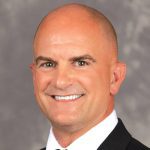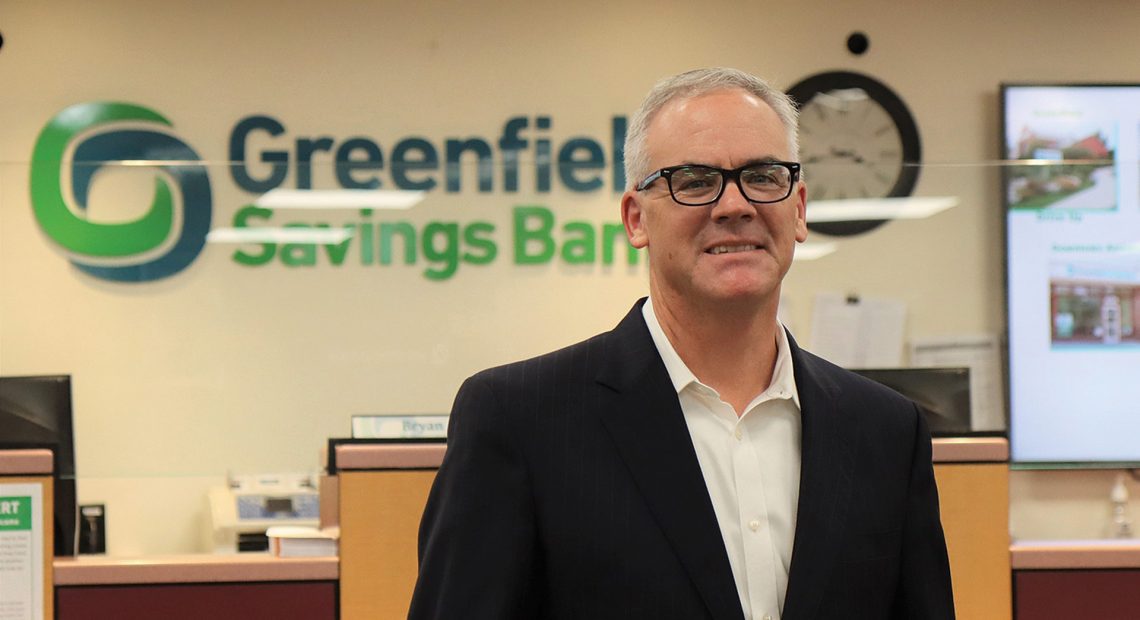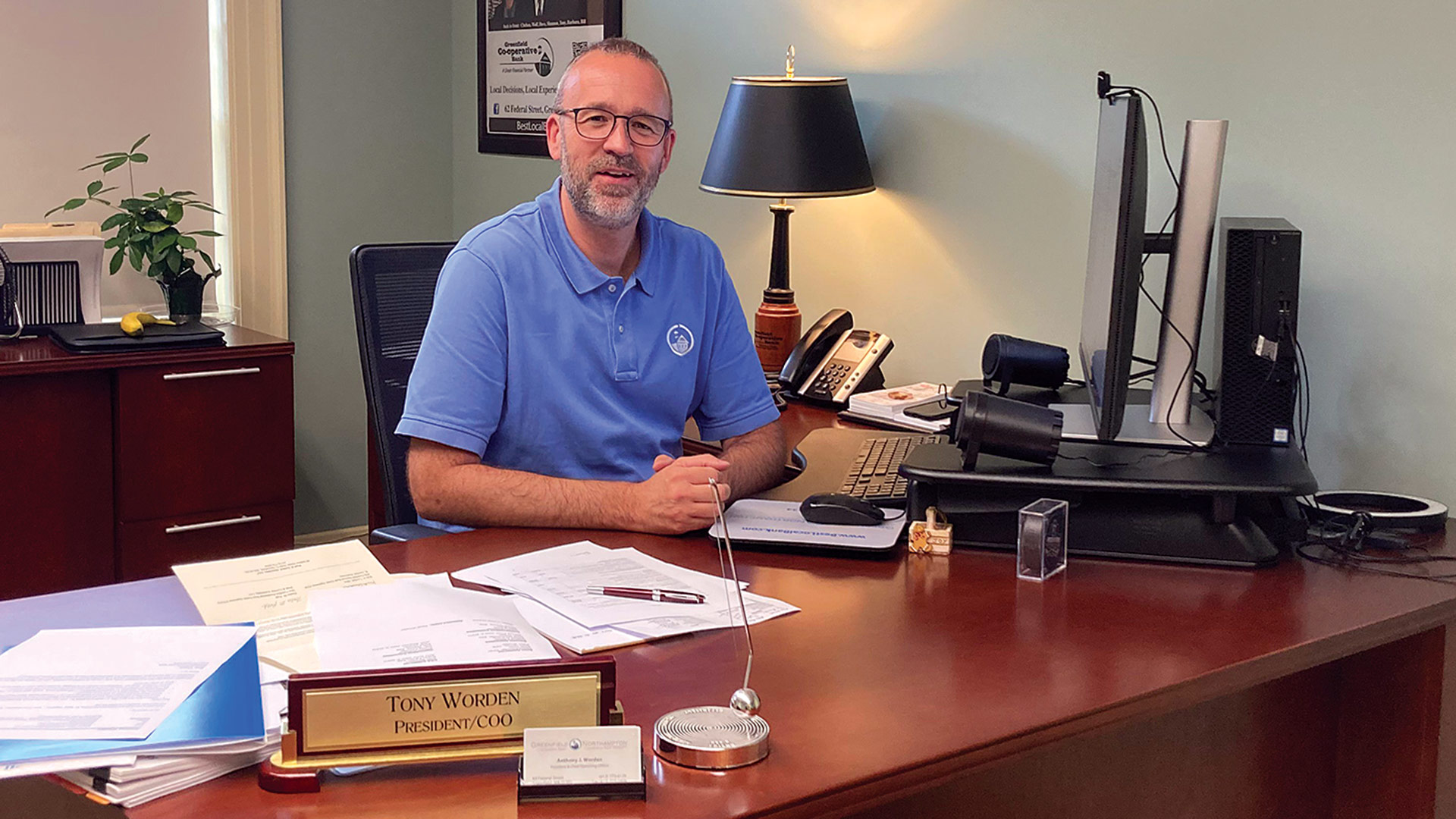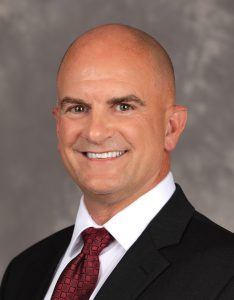Checks and Balances
By Mark Morris
About a year into the pandemic, banks found themselves in a strange position.
When the federal government pumped stimulus and Paycheck Protection Program (PPP) money into the economy to help consumers and businesses regain their footing, it created an unprecedented glut of deposits.
In normal times, banks would have celebrated the excess in the form of making more loans — and generating more revenue — but these were different times. Consumers and businesses kept their money in banks to take advantage of FDIC protection while they figured out their next moves.
Despite record-low interest rates, uncertainty from the pandemic also resulted in reduced loan activity. When deposits sit idle, banks don’t generate revenue — or profits. As one executive noted at the time, all these deposits became a burden, a concept that went against everything they were taught about banking.
Another executive said simply, “back then, cash was a four-letter word.”
“There’s a rate battle these days because, with higher interest rates, we have to offer more generous rates on CDs to keep deposits here and attract new funds.”
Mary McGovern
Things began to change by the third and fourth quarter of last year as excess deposits began flowing out. Some people withdrew money to pay for increases in daily living expenses, while other depositors sought to move their money into financial products that pay higher rates than banks.
As a result, what was once a problem of too much liquidity became a matter of banks competing for deposits.
“There’s a rate battle these days because, with higher interest rates, we have to offer more generous rates on CDs to keep deposits here and attract new funds,” said Mary McGovern, executive vice president and chief financial and operating officer for Country Bank.
Jeff Sullivan, president and CEO of New Valley Bank, added that, with excess liquidity a thing of the past, his staff is working harder to bring in deposits because demand for loans remains strong for his four-year-old institution.
“If we can raise new deposits, we can keep generating new loans and keep growing our franchise,” he noted.
These forces have been compounded by recent events in the banking world, which was rocked in March when Silicon Valley Bank (SVB) failed and was shut down by the state of California. News like that can create panic in bank customers everywhere. The bankers BusinessWest spoke with all said they communicated with their respective customers early and often to allay any fears.
“When I saw the news about Silicon Valley Bank, I sent emails and text blasts to our members to let them know everything was safe, secure, and that we are well-capitalized,” said Michael Ostrowski, president and CEO of Arrha Credit Union. He also credited the Massachusetts Division of Banks for calling every institution to make sure there were no problems.
Sullivan agreed the industry did a good job preventing a bigger problem.
“We certainly made phone calls with our customers and communicated as much as we could,” he said. “As a result, we did not see any outflows caused by people worried about the system.”
Dan Moriarty, president and CEO of Monson Savings Bank, said the deposit spend-down, along with higher interest rates for loans, particularly mortgages, have caused a paradigm shift.
“If we can raise new deposits, we can keep generating new loans and keep growing our franchise.”
Jeff Sullivan
“Most banks have seen a drop in their residential mortgage business due to higher interest rates, low inventory of available houses, and the high cost of houses,” he explained. “So we are seeing a couple different forces at play, and that’s a dramatic change compared even to last year.”
For this issue and its focus on banking and financial services, BusinessWest looks at these colliding forces and how they are impacting local banks — or not, as the case may be.
Points of Interest
The foundation of the banking system has long been the Federal Deposit Insurance Corporation (FDIC), which insures accounts up to $250,000, an amount that provides sufficient protection for most people. McGovern noted that, in today’s banking world, people with higher assets don’t usually keep their money in one place.
There are situations, however, when FDIC coverage isn’t enough for an account. For example, a small business that keeps its payroll in a savings bank or a consumer who has sold a house or other large transaction can exceed the FDIC limit.
To address those needs, Country Bank and Monson Savings Bank are two of 78 savings banks in Massachusetts that take part in the Depositors Insurance Fund. The DIF is supplemental insurance to protect deposited amounts that exceed $250,000. McGovern and Moriarty said having the extra protection of the DIF gives everyone peace of mind.
“We made sure to educate our customers that all the deposits in Country Bank, even the ones over $250,000, are safe and insured,” McGovern said.
“Because Monson Savings has both FDIC and DIF, it calmed a lot of nerves during the weekend when Silicon Valley Bank failed,” Moriarty added. “We had conversations with some of our customers, but their concerns quickly subsided.”
Having conversations with clients and explaining acronyms like FDIC and DIF has become a somewhat unexpected addition to the workload for area banks, which have been placed in a situation of explaining what has happened at SVB and other institutions, and why the fallout has not extended to the smaller community banks populating this market.
Indeed, those we spoke with pointed out that Silicon Valley Bank’s troubles stemmed from mismanagement and went against the norms of good banking practices. “By contrast, the bankers in our area do things the right way, and the regulators do a good job, too,” Ostrowski said.
Silicon Valley Bank also had a handful of customers with billions of dollars in deposits. Money movements by these few contributed to destabilizing the bank. When Silicon Valley failed, it provided an opportunity for McGovern to reassure Country Bank customers.
“We explained that we have $1.3 billion in deposits, and we are in sound financial condition,” she said. “We have a diversified depository clientele, so there was no risk of large outflows of the kind Silicon Valley experienced.”
“We are seeing a couple different forces at play, and that’s a dramatic change compared even to last year.”
Dan Moriarty
While local bankers remain mostly unscathed by these highly publicized events, they are keeping their focus on raising deposits and managing the fallout from increases in interest rates.
Ostrowski noted that first-time homebuyers face perhaps the sternest challenge because housing prices are at an all-time high and interest rates are higher than they’ve been in recent years.
“Young people buying their first home have never experienced anything but very low interest rates,” he said, adding that today’s mortgage rates of 6% to 7% aren’t exceedingly high, but when combined with high housing prices, they can keep buyers on the sidelines.
Still, while loan volume might be down, mortgage activity continues.
“People are still moving and buying houses,” McGovern said. “Many are taking out adjustable mortgages thinking that rates may adjust down.”
In recent years, many homeowners refinanced their mortgages to take advantage of the low interest rates. Sullivan pointed out there’s no incentive for people to pursue refinancing today. “The folks who refinanced at 3% a few years ago are obviously not looking to do it again at today’s rates.”
By All Accounts
Even with the challenges they face, the bankers we spoke with remain optimistic. Interest rates have begun to stabilize and, in some cases, go down.
“We may find that the crisis at Silicon Valley and the other banks may have caused a credit pullback and stabilized the market without the federal government having to raise interest rates,” McGovern said.
Sullivan predicted there may be smaller bumps in the road, but nothing of the magnitude of SVB in the near future.
While the remainder of the year looks slow and steady on the retail side at Monson Savings, Moriarty believes there may be better news on the commercial side of his business.
“We’ve been hearing that some areas of manufacturing are still robust,” he said. “There could be opportunities for us if a manufacturer decides to expand or purchase some new machinery.”
Despite all the challenges local bankers have seen, they are moving forward in a strong position.
“The system is working correctly, just as it was designed,” Ostrowski said. “That’s important to hear because people need to have trust in our financial system. The good news is, it’s not going anywhere.”













